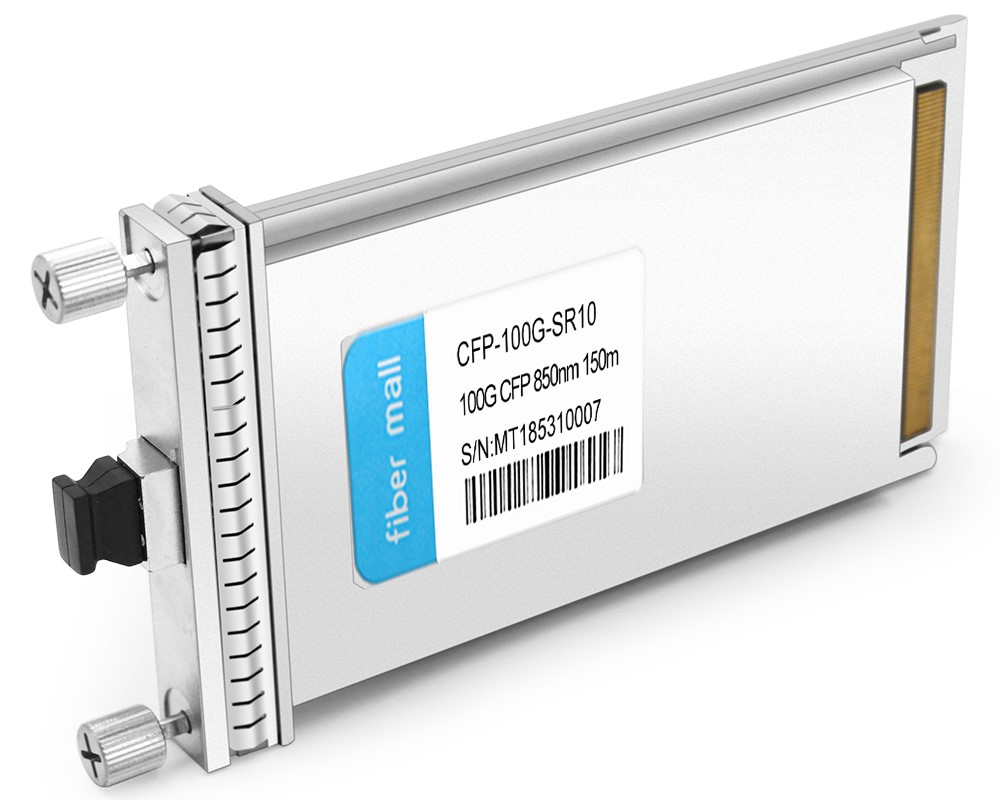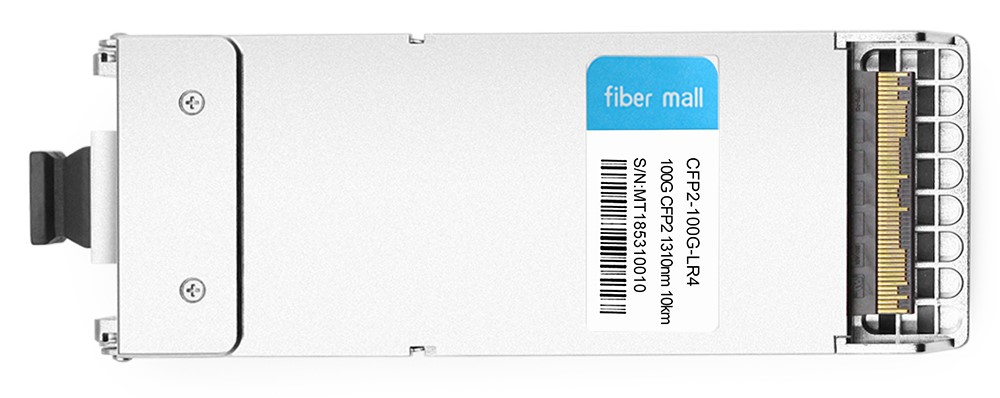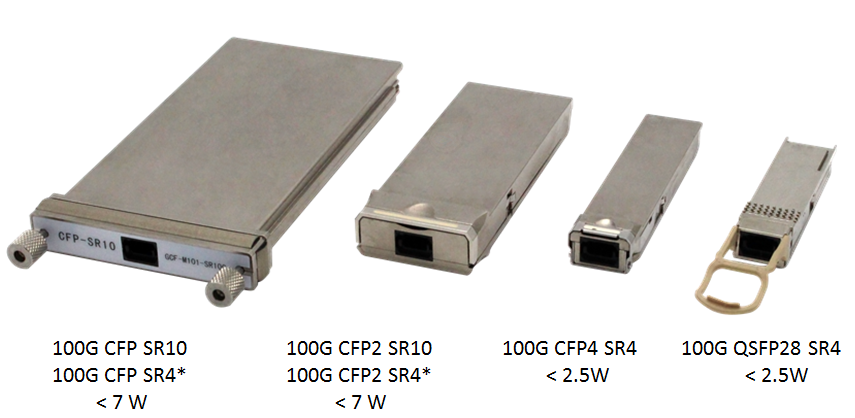

Sort by :Price: Low to High
Categories
{{cate.name}}
view {{page_size}}
Introduction of 100G CFP optical module and CFP vs QSFP28
What is the 100G CFP optical module?
CFP is determined by multi-source contract (MSA) to specify the form-factor of the optical transceivers for high-speed electronic indicate transmission. This MSA was mainly designed for 100 Gigabit Ethernet systems and the "C" in "CFP" means the Latin letter C utilized to reveal the number 100. The electric link of a CFP utilizes 10x10 Gbit/s lanes in each instructions (RX, TX). While, the optical link can assistance both 10x10 Gbit/s and 4x25 Gbit/s variations of 100 Gbit/s interconnects.
The CFP MSA is the initially market basic to assistance 40G and 100G Ethernet optical terminals. The dimension of CFP is the biggest among all the 100G CFP optical modules, the CFP2 is one-half the dimension of the CFP, and the CFP4 is one-quarter the dimension of the CFP. It ought to be advised that CFP/CFP2/CFP4 optical components can't be utilized interchangeably, however they can be utilized at the same time in the exact same system. 100G CFP modules provide connection choices for a wide variety of provider transfer, information facility networking, and business core aggregation applications.
1) The 100G CFP is developed based upon the user interface of SFP optical component. CFP has bigger dimension to assistance 100 Gbps information transmission. And it can assistance one 100G indicate, several 40G indicates, OTU4/OTU3 or STM-256/OC-768.

Take the 100G CFP SR10 for example, both Cisco CFP SR10 and Juniper CFP SR10 module supports link lengths of 100 meters and 150 meters respectively on laser-optimized OM3 and OM4 multifiber cables. It primarily enables high-bandwidth 100-gigabit links over 24-fiber ribbon cables terminated with MPO/MTP-24 connectors. It can also be used in 10 x 10 Gigabit Ethernet mode along with ribbon to duplex fiber breakout cables for connectivity to ten 10GBASE-SR optical interfaces.
2) The 100G CFP2 is typically utilized as a 100G Ethernet adjoin relate to greater transmission effectiveness compared to CFP optical modules, and its smaller sized dimension makes it appropriate for greater thickness cabling.

3) The 100G CFP4 optical module has the exact same transmission price as CFP/CFP2, however it takes in much less power. Therefore, in contrast, CFP4 optical module has an irreplaceable benefit.
CFP vs QSFP28
The initially generation QSFP optical transceiver is geared up with 4 TX and RX ports, with a price of 10Gbps each network. For 100G QSFP28 optical transceivers, each network of the 100G transceiver can send out and get as much as the information of the 28Gbps. Compared to the CFP4 optical transceiver, the QSFP28 optical transceiver is smaller sized compared to the CFP4 optical transceiver. Although the QSFP28 optical transceiver has the benefit of surpassing the CFP4 optical transceiver, the CFP4 optical transceiver has greater power usage, that makes it better for long-distance optical transmission. Moreover, considering the power consumption and the port density, it will cost less to use QSFP28 in the system. Also, QSFP28 is less expensive than CFP.

As for 100G CFP vs QSFP28, which to use for your network construction? Actually, it depends on two main aspects: the port type of your hardware device and application scenarios. CFP modules have a much larger size than QSFP28 modules. 100G QSFP28 appears to be the mainstream and is mostly used in shorter distances (0-10km) between switches or sometimes in long distances (up to 40/80km) with QSFP28 ER4/ZR4 and single mode fibers. While, although 100G CFP can be used in short distances as well, it is more common in metropolitan area networks (MANs) and long-haul WDM transmissions.
Fiber Mall can provide several kinds of mainstream CFP optical transceivers: CFP 100GBASE-SR10, CFP 100GBASE-LR4, 100G CFP ER4, 100G CFP ZR4, CFP2 100GBASE-SR10, CFP2 100GBASE-LR4. These optical transceivers can achieve different transmission distances by connecting with different types of optical fibers.